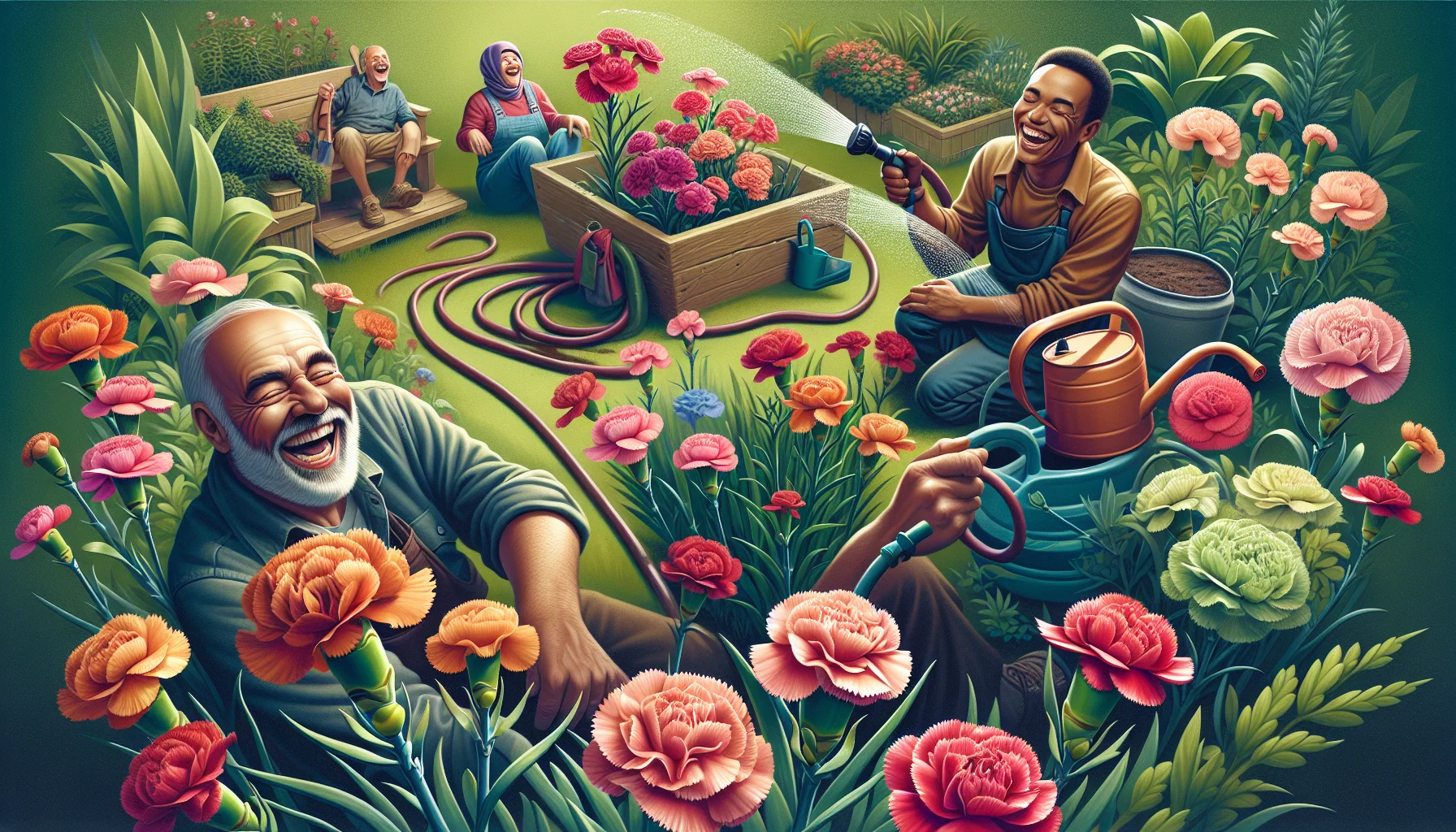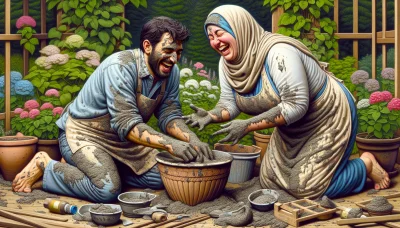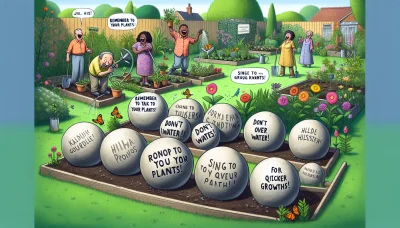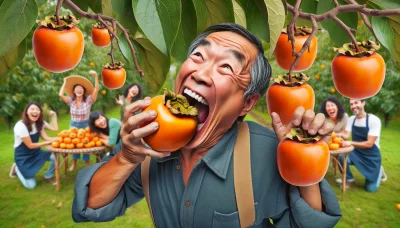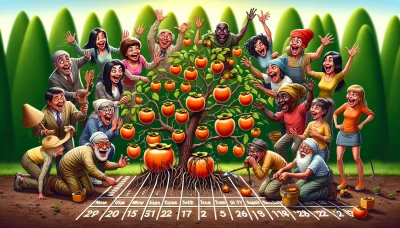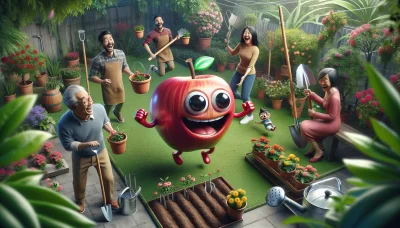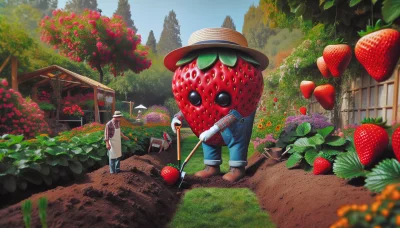Types of carnations Quiz
Test Your Knowledge
Question of
Introduction to Types of Carnations
Carnations are a staple in the world of gardening, cherished for their vibrant colors, sweet fragrance, and long-lasting blooms. These flowers have captivated the hearts of garden enthusiasts and florists alike, making them a popular choice for bouquets, arrangements, and even as a showy addition to home gardens. Their wide range of colors, from soft pastels to striking bold hues, along with their versatility and ease of care, contribute to their widespread popularity. Carnations symbolize love, fascination, and distinction, which adds to their appeal for special occasions and everyday enjoyment alike.
The History of Carnations
Carnations, known scientifically as Dianthus caryophyllus, have a rich history that dates back over 2,000 years. They are believed to have originated in the Mediterranean region, where they were used in art and decor by ancient Greeks and Romans. The name "carnation" is thought to come from the Latin "carnis" (flesh) referring to the original color of the flower, or possibly from "corona" (crown), as they were used in ceremonial crowns. Throughout history, carnations have symbolized fascination, distinction, and love. They were used in Greek ceremonial crowns, and during the Middle Ages, were part of wedding ceremonies to symbolize fidelity and love. In more recent history, carnations have come to represent different meanings depending on their color—red for love, white for good luck, and pink for a mother's undying love. The flower's enduring popularity is a testament to its beauty and the depth of symbolism it carries through various cultures and times.
Popular Types of Carnations
- Standard Carnations - These are the most common type, known for their large, single flowers per stem. They are often used in bouquets and floral arrangements.
- Miniature Carnations - Also known as "minis," these plants produce smaller flowers but in greater numbers. Each stem can have multiple blooms, making them ideal for dense, colorful displays.
- Dwarf Carnations - Dwarf varieties are compact, making them perfect for borders and small gardens. Despite their size, they produce vibrant, full blooms.
- Spray Carnations - Similar to miniature carnations, spray types have multiple small flowers on each stem. They are a popular choice for adding volume and texture to floral arrangements.
- Green Trick Carnations - A unique variety with a globe of dense, bright green petals. They are often used to add a splash of color and texture to bouquets and arrangements.
- Chabaud Carnations - Known for their delightful fragrance, Chabaud carnations are a heirloom variety that comes in a range of colors. They are often used in perfumery as well as in gardens.
Caring for Your Carnations
Carnations are beautiful flowers that can add a splash of color to any garden or home, but they do require a bit of care to thrive. To ensure your carnations grow healthy and strong, start by planting them in a location that receives at least 4-6 hours of sunlight each day. They prefer well-drained soil, so consider amending your garden soil with compost or other organic matter to improve drainage and nutrient content. Water your carnations deeply but infrequently to encourage strong root growth, allowing the soil to dry out slightly between waterings. Fertilize your carnations with a balanced, slow-release fertilizer in the spring to support their growth throughout the blooming season. Regularly deadheading spent flowers will encourage more blooms and maintain the plant's energy. Lastly, protect your carnations from extreme temperatures and pests by mulching around the base and inspecting them regularly for signs of trouble. With a little care and attention, your carnations will reward you with their stunning blooms and sweet fragrance.
Carnation Colors and Their Meanings
| Color | Meaning |
|---|---|
| Red | Deep love and admiration |
| Pink | Gratitude and motherly love |
| White | Purity and luck |
| Yellow | Disappointment or rejection |
| Striped | Regret or refusal |
| Purple | Capriciousness or whimsicality |
| Green | St. Patrick's Day and good fortune |
Using Carnations in Floral Arrangements
Carnations are a popular choice for floral arrangements due to their vibrant colors, long-lasting nature, and sweet, subtle fragrance. These versatile flowers can be used in everything from bouquets and centerpieces to boutonnieres and corsages. Their wide range of colors, from soft pastels to bold hues, allows for creative and personalized arrangements that can match any theme or decor. Additionally, carnations are known for their ability to stay fresh for a long period, even without water, making them an ideal choice for events or as part of arrangements that need to maintain their beauty over time. Their affordability also makes them a cost-effective option for large arrangements or events on a budget. Whether used as the main flower or as an accent to more exotic blooms, carnations bring a touch of elegance and charm to any floral design.
Conclusion: The Beauty and Versatility of Carnations
Carnations stand out as a testament to nature's splendor, offering an array of colors, patterns, and fragrances that can enhance any garden or floral arrangement. Their enduring beauty and ease of care make them a favorite among gardeners and floral enthusiasts alike. Whether used as a vibrant centerpiece or a charming addition to your garden, carnations bring a touch of elegance and color that can brighten any space. We encourage you to discover the versatile appeal of carnations and consider incorporating them into your garden to enjoy their beauty and charm throughout the seasons.
